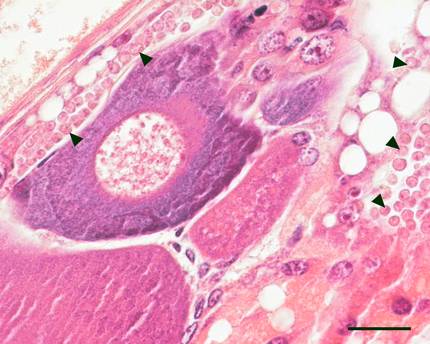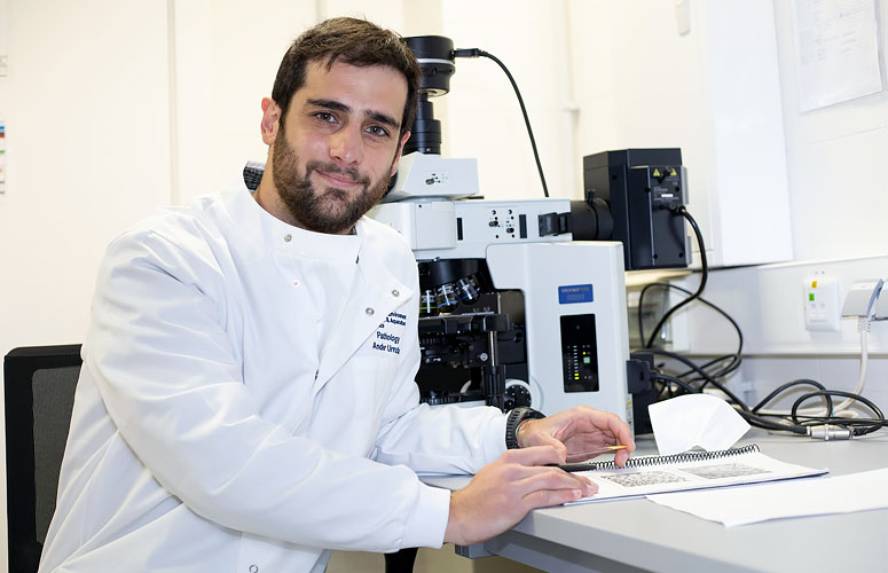Parasite that will help understand how cell diversity developed in animals
Researchers at the Plentzia Marine Station (PIE/EHU) have detected an unprecedented parasite in the waters of the Basque coast. The name of Txikispora philomaios is due to the fact that it is a small spore (unizelular eukaryotic) that appears only in May. It disappears every month of the year. But its most characteristic feature is that it is an organism of a primitive lineage, which is very close to the point where the single-celled organism that provided animals differentiated and provided multi-cellular organisms. Researcher Ander Urrutia PIE has therefore stated that it will help explain the origin of animal pluricellular.
All the animals and fungi in the world come from the same cellular organism that was thought to exist in the ocean hundreds of millions of years ago. At some point the organism began to bind and fold, the joined cells became specialized in tissue formation until they became bodies. The study of the genome of the parasite Txikispora philomaios will help to understand how the animal pluricellular developed, that is, when and how the cells began to communicate, to associate and to specialize.

In fact, Txikispora philomaios is an organism that evolved shortly after the separation of the common ancestor of animals and fungi before developing the pluricellular. The PIE researchers extracted the DNA from the marine samples and, after the construction of the phylogenetic trees, realized that the new parasite did not correspond to any of the previously known groups. That is, beyond a new species, it also belongs to a new genus, a new family and a new order. But they still know nothing if they could paralyze the animals.
The researchers of the UPV-EHU have carried out the research in collaboration with the British research centre CEFAS and have announced the opening of a new line of research. His discovery has been published in the Journal of Eukaryotic Microbiology.






